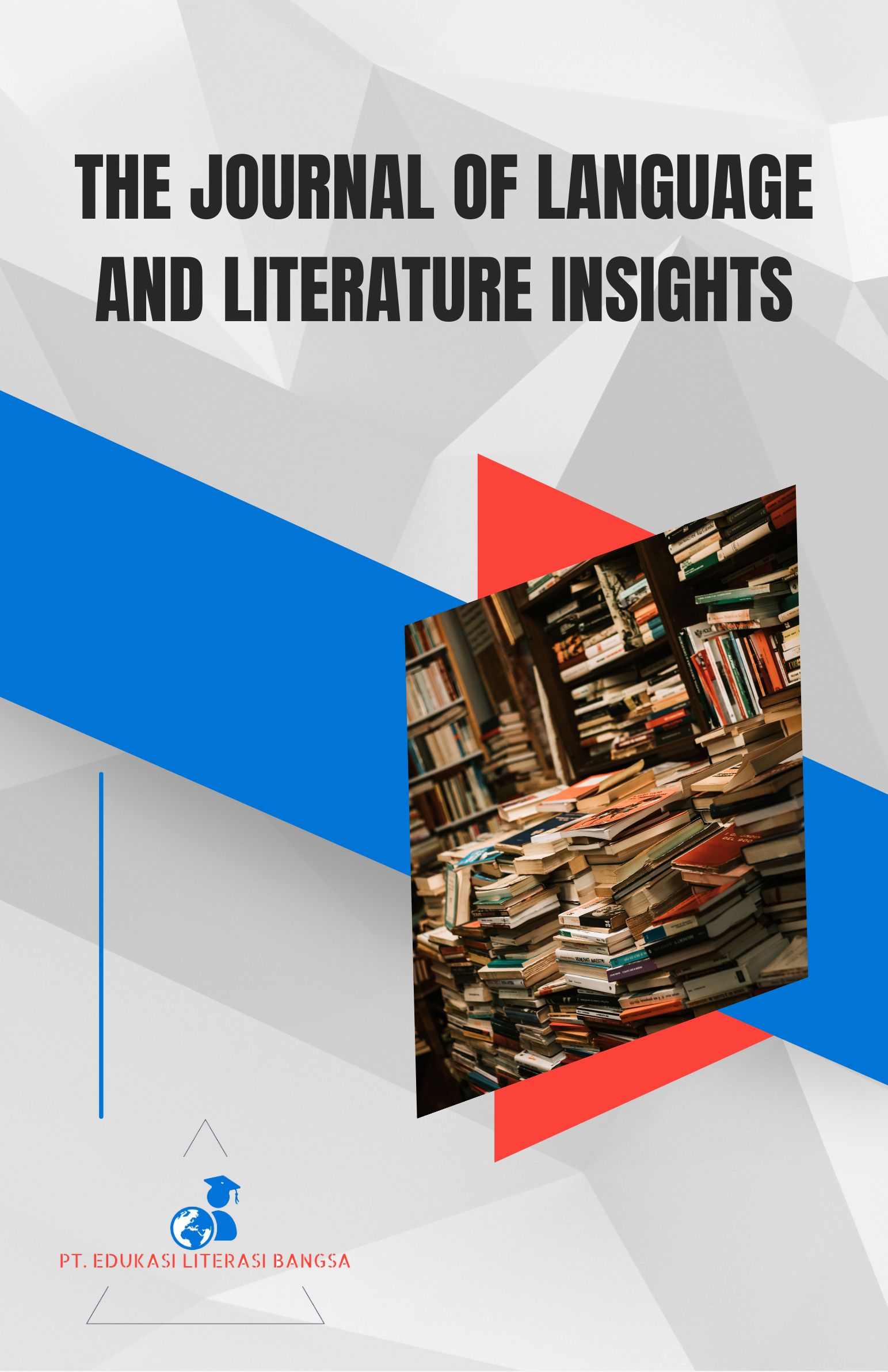ANALYZING LINGUISTIC ERRORS IN UNDERGRADUATE STUDENTS’ ABSTRACTS
Keywords:
Abstract, Surface strategy taxonomy, errorsAbstract
This research focused on analyzing the linguistic errors found in academic abstracts written by undergraduate EFL students. The main purpose of this study is to identify the types of writing mistakes and explain why students make those errors. Writing an abstract is an important part of academic writing, but many students still face difficulties, especially when English is not their first language. The researcher used qualitative descriptive method to analyze the data. This method was chosen because it helps to explore the real problems that students experience in their writing. The researcher used Surface Strategy Taxonomy (SST) to classify the errors. The taxonomy divides errors into four groups: omission, addition, misformation, and misordering. The data were collected from 100 abstracts taken from a state Islamic university in Lampung, Indonesia. The abstracts were analyzed carefully to find common patterns of error. The results showed that omission was the most frequent error, followed by addition, misformation, and misordering. These mistakes mostly involved grammar, word choice, sentence structure, and academic tone. The errors made it hard to understand the students’ research and showed that students need more guidance in academic writing. This study gives useful information for teachers, so they can improve writing lessons and help students avoid common mistakes. The research also recommends that universities give more support to students through special training and writing workshops. It is hoped that this study can be useful for both teachers and learners to develop better writing in academic English
Downloads
References
Agustinasari, E., Simanjuntak, T., & Purwanto, M. B. (2022). A Review on Error Analysis Stages in Teaching English Structure. Pioneer Journal of Language and Literature, 14(1), 253. https://doi.org/10.36841/pioneer.v14i1.1702
Ali, N., & Ali, M. (2023). Difficulties With English-Language Content Acquisition for Undergraduates. Jefr, 2(1), 1–12. https://doi.org/10.62843/jefr/2023.5970106
Aulia, A. R., & Bram, B. (2020). Grammatical Analysis of Students’ Reflective Writing. Jet (Journal of English Teaching), 6(3), 212–219. https://doi.org/10.33541/jet.v6i3.1926
Aziz, Z. A., Fitriani, S. S., & Amalina, Z. (2020). Linguistic Errors Made by Islamic University EFL Students. Indonesian Journal of Applied Linguistics, 9(3), 735–748. https://doi.org/10.17509/ijal.v9i3.23224
Creswell, J. W. (2013). Qualitative Inquiry and Research Design: Choosing Among Five Approaches. SAGE Publications.
Irawansyah, I., Stefani, I., Imtinan, H. A., & Jasmine, A. (2024). An Analysis of College Students’ Morphological Error in Translating Recount Text From Indonesia to English Using Surface Strategy Taxonomy. Jolcc, 2(1), 89–102. https://doi.org/10.61320/jolcc.v2i1.89-102
Jalilifar, A., Saleh, E., & Don, A. (2017). Exploring Nominalization in the Introduction and Method Sections of Applied Linguistics Research Articles: A Qualitative Approach. Romanian Journal of English Studies, 14(1), 64–80. https://doi.org/10.1515/rjes-2017-0009
Korkmaz, H., Yıldız, K., & Balaban, Ş. (2023). Analysis of the Errors in the English Article Abstracts of Nonnative Turkish Writers. Nevşehir Hacı Bektaş Veli Üniversitesi Sbe Dergisi, 13(1), 440–456. https://doi.org/10.30783/nevsosbilen.1228498
Lodico, M. G., Spaulding, D. T., & Voegtle, K. H. (2006). Methods in Educational Research: From Theory to Practice. Wiley. https://books.google.co.id/books?id=G9D81mh9xCAC
Mala, S., & Ambarini, R. (2023). Error Analysis on Students Writing Task of Personal Letters. MJPM, 1(2), 255–267. https://doi.org/10.60126/maras.v1i2.53
Omar, S., Shaharuddin, W. Y. W., Nik Ahmad Farhan Azim Nik Azim, Nawi, N. S. M., Zaini, N., & Syahfutra, W. (2021). Academic Motivation in English Online Classes: A Comparative Study of Universities in Malaysia and Indonesia. Indonesian Journal of Applied Linguistics, 11(2). https://doi.org/10.17509/ijal.v11i2.34538
Pangesti, A. P. A., Ulfah, B., & Hartono, R. (2023). Investigating the Implementation of IMRaD Structure in Abstracts of Undergraduate Students’ Theses. Pedagogy Journal of English Language Teaching, 11(2), 109. https://doi.org/10.32332/joelt.v11i2.7144
Sari, Y. P., Quthny, A. Y. A., & Hamdani, B. (2024). “ I Get Blank When I Start Writing’’ Analysis of EFL Student’s Anxiety in Writing Descriptive Text. Journey (Journal of English Language and Pedagogy), 7(1), 76–85. https://doi.org/10.33503/journey.v7i1.4016
Situmorang, K., & Pramusita, S. M. (2024). Errors Analysis in Using Simple Past Tense in Nursing Students’ Writing Assignments. Eternal (English Teaching Journal), 15(1), 144–155. https://doi.org/10.26877/eternal.v15i1.357
Suwandi, S. (2016). Coherence and Cohesion: An Analysis of the Final Project Abstracts of the Undergraduate Students of PGRI Semarang. Indonesian Journal of Applied Linguistics, 5(2), 253. https://doi.org/10.17509/ijal.v5i2.1349
Veyvonda, M., & Howerton-Fox, A. (2020). “I Don’t Love Language; I Love Children”: Students’ Knowledge, Attitudes, and Beliefs About Linguistics and Their Choice to Major in Speech-Language Pathology. Excelsior Leadership in Teaching and Learning, 12(2). https://doi.org/10.14305/jn.19440413.2020.12.2.01
Downloads
Published
Issue
Section
License
Copyright (c) 2025 Rohmatillah, Lidya Ayuni Putri, Widi Andewi, Sri Suningsih (Author)

This work is licensed under a Creative Commons Attribution-ShareAlike 4.0 International License.













